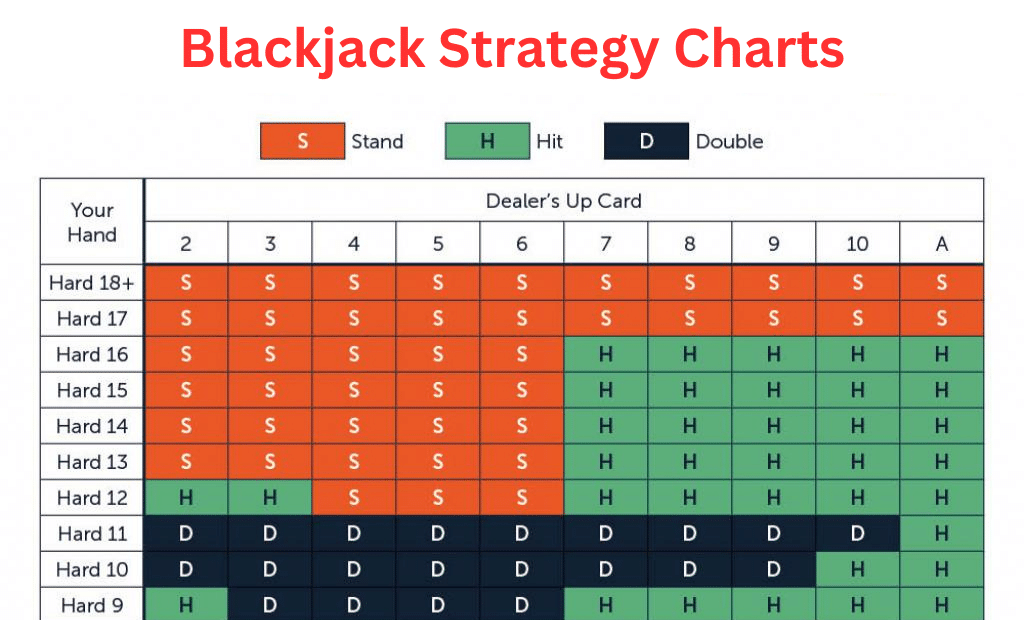Blackjack is a popular game with simple rules for casual players and intricate gameplay for experienced players. The ultimate goal is to outperform the dealer while achieving a blackjack hand, which often requires challenging decisions that significantly impact the gambling experience. Blackjack strategy charts are valuable tools for optimizing decisions during the game, providing a clear and structured reference for every possible combination of player hands and dealer upcards.
Single-deck and double-deck strategies are essential for players to understand and adapt to the game. Single-deck blackjack uses a solitary deck of 52 cards, with a lower house edge of 0.16%. It is favored by novices and casual players due to its lower house edge. Double-deck blackjack uses two decks, with a 6:5 payout structure, tilting the house advantage in favor. The house edge in 3:2 double-deck blackjack fluctuates depending on the specific rules in play.
Multi-deck blackjack strategy charts (4 to 8 decks) use six decks, although variations with four or eight decks can also be found. Multi-deck variants introduce a more significant number of ten-value cards into play, expanding the opportunities for achieving a blackjack. However, the house edge tends to be higher in multi-deck blackjack, making it a preferred choice over single/double-deck blackjack.
Blackjack is a popular game with six and eight decks, but four-deck variations have become less common. It’s advisable to choose games with a 3:2 payout ratio and a dealer on Soft 17. The house edge in blackjack can vary depending on the number of decks in play, with the lowest edge (0.35%) in four-deck blackjack being found in games where the dealer stands on Soft 17. Multi-deck blackjack can be enhanced by committing to memory a specific strategy, treating your hand as a hard total unless you hold a pair of aces, and not standing on a stiff hand.
Basic strategy blackjack involves standing on 17 or higher, doubling down on 11 or splitting 8s and Aces, never splitting 10s, hitting on Ace-7 against dealer’s 9, 10, or Ace, only standing with 12 against dealer’s 4, 5, or 6 when the dealer reveals a 4, 5, or 6, or standing with 13-14-15 or 16 against dealer’s 2 through 6.
Memorizing the blackjack strategy basic chart can be achieved by breaking it down into manageable sections and practising regularly. Consistency and patience are crucial for mastering the strategy over time. To increase your chances of winning at blackjack, consider four crucial tips: mastering the basic strategy, staying in control of the bankroll, selecting the right table, and learning card counting techniques.
Conclusion
Understanding and using blackjack strategy charts can help players make informed decisions and improve their chances of winning. By following these strategies, you can tilt the odds in your favour and enhance your overall gaming experience.

